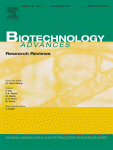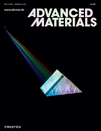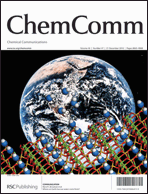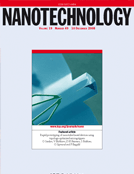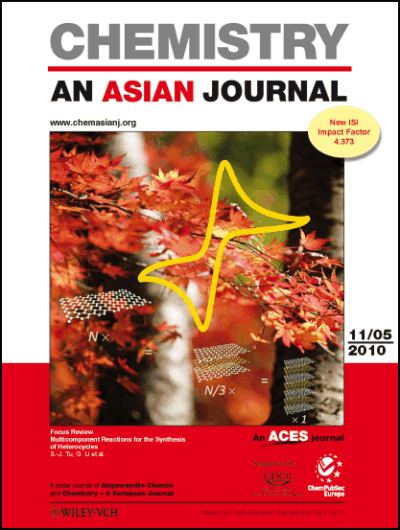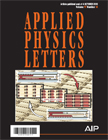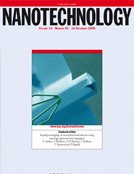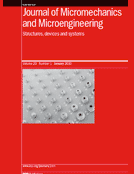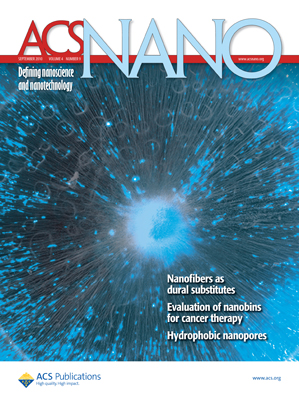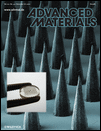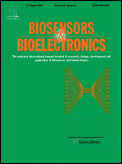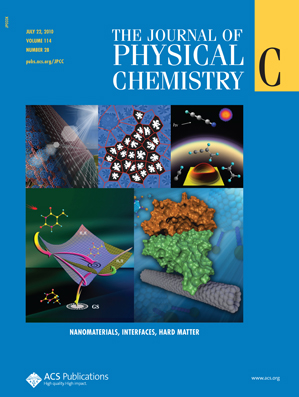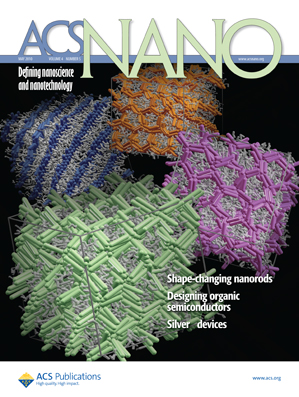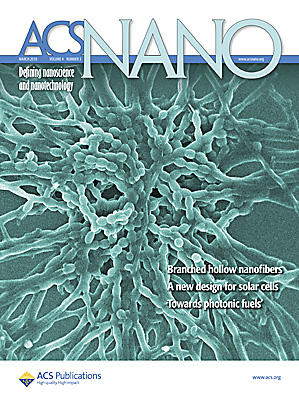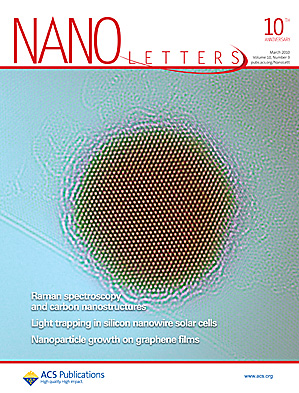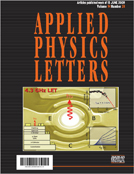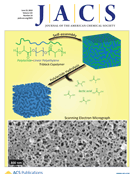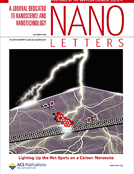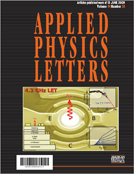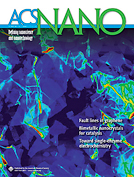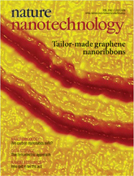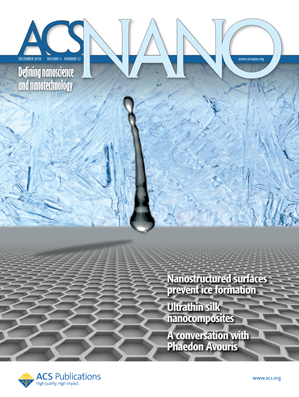
Macroelectronic Integrated Circuits Using High-Performance Separated Carbon Nanotube Thin-Film Transistors
Citation: Chuan Wang, Jialu Zhang, Chongwu Zhou, ACS Nano (2010), 4, 12, 7123–7132.
Summary: Macroelectronic integrated circuits are widely used in applications such as flat panel display and transparent electronics, as well as flexible and stretchable electronics. However, the challenge is to find the channel material that can simultaneously offer low temperature processing, high mobility, transparency, and flexibility. Here in this paper, we report the application of high-performance separated nanotube thin-film transistors for macroelectronic integrated circuits. We have systematically investigated the performance of thin- film transistors using separated nanotubes with 95% and 98% semiconducting nanotubes, and high mobility transistors have been achieved. In addition, we observed that while 95% semiconducting nanotubes are ideal for applications requiring high mobility (up to 67 cm2 V-1 s-1) such as analog and radio frequency applications, 98% semiconducting nanotubes are ideal for applications requiring high on/off ratios (>104 with channel length down to 4µm). Furthermore, integrated logic gates such as inverter, NAND, and NOR have been designed and demonstrated using 98% semiconducting nanotube devices with individual gating, and symmetric input/output behavior is achieved, which is crucial for the cascading of multiple stages of logic blocks and larger scale integration. Our approach can serve as the critical foundation for future nanotube-based thin-film macroelectronics.
